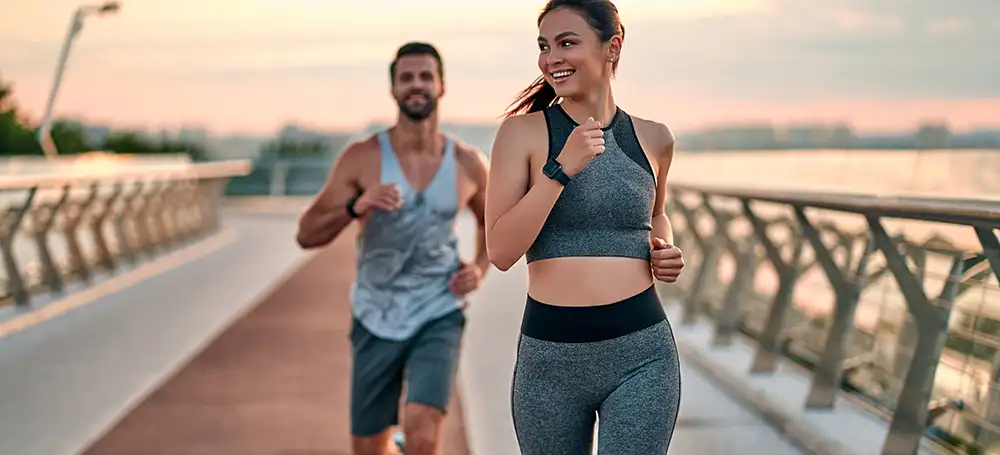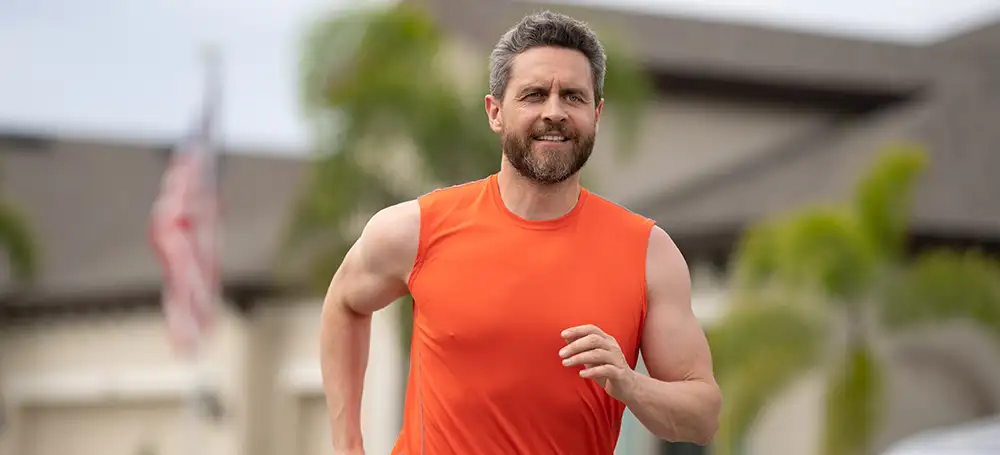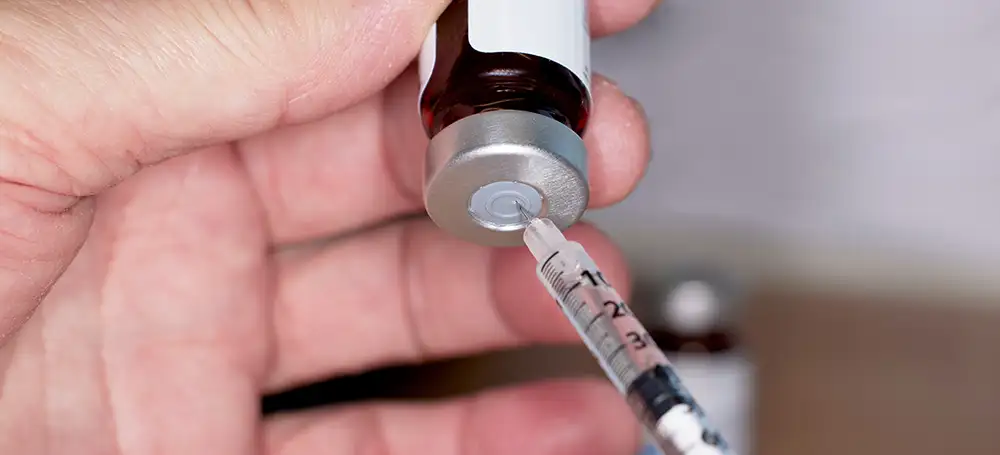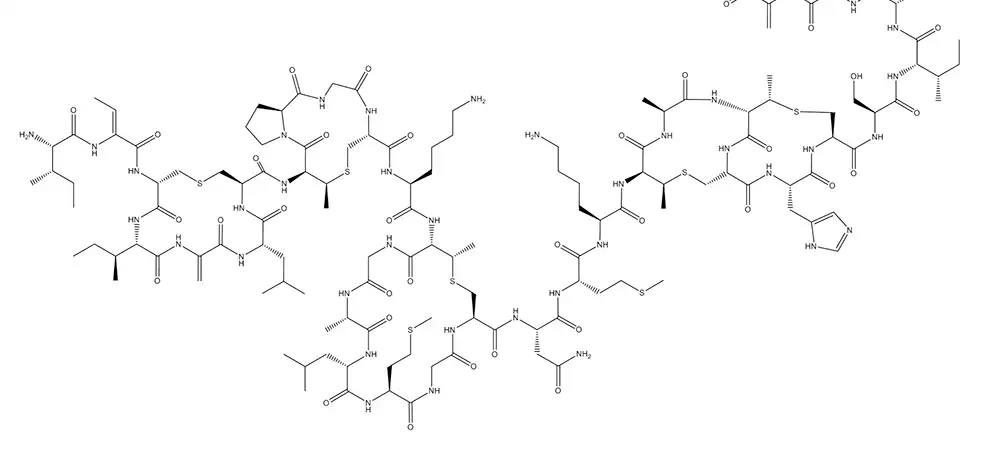As you age, your testosterone levels begin to decline naturally. This can cause a number of symptoms to develop, including baldness, a reduced sex drive and decreased muscle mass and bone density. Although falling testosterone levels are a natural part of the aging process, it can still be difficult to deal with. Just because you’re getting older doesn’t mean you should simply accept the changes occurring in your body. Options for raising your testosterone levels are available even as you age.
While low T is commonly associated with older men, it’s also possible to have lower-than-normal levels of testosterone in your 20s or early 30s. Having low T at a young age can be understandably frustrating. You might be wondering if there’s anything you can do to enhance your hormone health. Fortunately, help is available. Hormone replacement therapy in Boston, Massachusetts, is a safe and effective option for men in all stages of life looking to boost their vitality.
Before you book your first appointment, though, you might wonder what you can expect from the process. We’re here to provide you with all the information you need on hormone replacement therapy, from what individual sessions entail to when you can expect to see results. Here’s everything you need to know.
What Is Testosterone Replacement Therapy?
Testosterone replacement therapy is a form of hormone treatment administered to men who exhibit symptoms of testosterone deficiency. The goal of TRT is to replenish the testosterone you’ve lost to help bring your hormone levels back to a normal range. Hormone replacement therapy is typically administered at a clinic by a doctor who specializes in testosterone therapy. As your testosterone levels gradually increase through regular sessions, you can help reverse the effects of low T.
Your doctor will evaluate your testosterone levels by conducting a blood test. According to the American Urological Association, a testosterone deficiency is defined as having a total testosterone level that falls below 300 nanograms per deciliter. Your doctor will also ask about any symptoms you’ve been experiencing that correspond with low T. If you meet the criteria, you will be approved to begin testosterone replacement therapy.
How Does It Work?
When undergoing hormone replacement therapy, you can choose between two methods. You can either attend regular hormone therapy sessions at a testosterone clinic or administer the treatment yourself from the comfort of your own home. The method you choose ultimately depends on your personal comfort level as well as your schedule and work commitments. If your schedule makes it difficult to attend weekly sessions, you may opt to self-administer. However, it’s worth noting that being under the care of a trusted specialist can help give you peace of mind.
Regardless of which method you choose, the key is to be consistent. Because each therapy session or at-home treatment provides you with a specified dosage of testosterone, being consistent ensures your hormone levels go up at the right pace. Just like it’s risky to skip a session, it’s also important not to overdo it. If you opt for self-administration, pay close attention to the directions and make sure you don’t take more than the required dosage for that day.
Types of Testosterone Treatment
Testosterone can be administered in a number of ways. It’s important to ensure you choose the route that’s best for your needs. Here are some of the most common types of testosterone treatment.
Injections
Testosterone injections are one of the most common forms of hormone treatment. There are two forms of injections you can receive: short-acting and long-acting shots. Short-acting injections are administered every 1-2 weeks. With long-acting injections, you receive the second shot 4 weeks after the first, and any remaining shots are administered 10 weeks apart. The particular dosage and frequency differ from one patient to the next.
Topical Treatments
If you’re not comfortable with the idea of needles, you can opt for topical treatments. These usually come in the form of a gel or cream you apply to your skin on a daily basis. This process of gradual absorption helps create more stable testosterone levels in the bloodstream.
Topical patches are a common alternative to gels and creams. These adhesives contain the prescribed dose of testosterone and stick to the skin for 24 hours. While topical patches typically contain a lower dose of testosterone (2-5 milligrams per day), gels and creams tend to release a higher dose of 40-100 milligrams per day.
Implants
Testosterone pellets are implanted underneath the skin, typically into the upper hip or buttock. To have these pellets implanted beneath your skin, you undergo a minor surgical procedure. Once implanted, the pellets dissolve slowly and release a steady stream of testosterone over the course of 3-6 months. The precise dosage varies from one person to the next, so talk to your doctor to ensure you receive the amount that’s best for your needs.
Oral Treatments
Some men opt for oral treatments as an alternative method. Because oral treatments carry a much higher level of risk than other methods, it isn’t a very popular choice. In most cases, men who choose oral treatments do so because they’re unable to take any other forms of treatment. The potential dangers of orally administered testosterone include stroke, hypertension and an increased risk of liver damage. Be sure to discuss the risk factors with your doctor before taking oral treatment.
Buccal Patches
A buccal patch is a small patch that’s placed above the upper teeth and releases testosterone over a period of 12 hours. Each patch typically contains a 30-milligram dosage of testosterone. If you use these patches, you need to apply them twice a day, about 12 hours apart. It’s also important to be mindful of the possible side effects of buccal patches. In some cases, they can cause gum or mouth irritation and headaches.
Intranasal Treatments
With intranasal treatments, you apply a gel to the inside of your nose. You must do this three times a day, with each application taking place 6-8 hours apart. For optimal results, try to use the gel around the same time each day. The dosage is usually about 11 milligrams per application for both nostrils. If you’re diligent about applying the gel three times a day, you’ll receive a full dosage of 33 milligrams of testosterone each day. Some of the potential side effects include a runny nose, nasal discomfort, nosebleeds and headaches.

Benefits of Hormone Replacement Therapy for Men
Testosterone replacement therapy can improve your health and well-being in a number of ways. Not only can it lead to positive changes in your physical appearance, but it can also help you feel more upbeat and positive about your life, promoting a better quality of life overall.
These are some of the key benefits of completing testosterone replacement therapy.
Enhanced Muscle Mass
One of testosterone’s key functions in the male body is building muscle mass. If your hormone levels are lower than they should be, your muscles may begin to shrink over time. While some men notice a mild difference, this change can also be severe. As a rule of thumb, the more serious your hormone deficiency is, the more pronounced this change will be.
By participating in hormone replacement therapy, you can help increase your muscle mass over time. It’s important to remember this is a gradual process, so the change won’t take place overnight. However, with consistent treatment sessions, you can restore your physical strength little by little.
Increased Sex Drive
Another common side effect of low T is reduced libido. This is because testosterone plays a direct role in regulating sex drive and performance. If you’re struggling with low testosterone, a decrease in sex drive may be one of the very first symptoms you notice. Fortunately, testosterone replacement therapy can make a significant difference in your libido. As your hormone levels increase, you’ll find yourself performing better in the bedroom.
Higher Energy Levels
It’s also worth noting that your energy levels are closely linked to your testosterone levels. If you can’t shake persistent feelings of fatigue as you go about your day, you might have a hormone problem. Even after getting a full 7-8 hours of sleep, you may still feel lethargic if you have low T. A hormone deficiency is likely at play if you still feel exhausted despite sleeping well each night.
Luckily, HRT can help reverse this, leaving you feeling alert and energized throughout the day. One of the first changes men notice after completing treatment is an increase in vitality they haven’t felt since they were younger.
Stimulated Hair Growth
Testosterone is also responsible for assisting in hair production. If you have low T, you may experience premature hair loss. If your hormone levels are normal, you can expect balding to occur once your testosterone levels naturally drop as part of aging.
That said, if you’re losing hair at a faster rate than what’s normal for your age, this may be due to an underlying hormone problem. Be sure to discuss testosterone replacement therapy with your doctor to see if it would be an effective treatment for stimulating hair growth.
How Long Does It Take to Experience the Benefits of Hormone Replacement Therapy?
It’s understandable to want to see results as soon as possible once you begin hormone replacement therapy. However, it’s important to be patient with yourself. Testosterone replacement therapy is a gradual process. The effects may not fully manifest until weeks or even months later.
In most cases, you can expect to see positive changes occurring in your body after about 3-6 months of treatment. Some men may notice a difference sooner than this, but for most, it takes time to see results. Hormone therapy is a long-term process, which means that consistently following through with your sessions is vital to your success.
Once you start to see changes, you might choose to stop treatment entirely. However, this is a common mistake. A testosterone deficiency is considered a chronic condition that requires ongoing care. If you abruptly quit treatment, your hormone levels will drop again, and you’ll start to experience the same symptoms of low T you worked so hard to reverse.
Optimize Your Hormone Health
Click here to take our short Testosterone Level Quiz.











